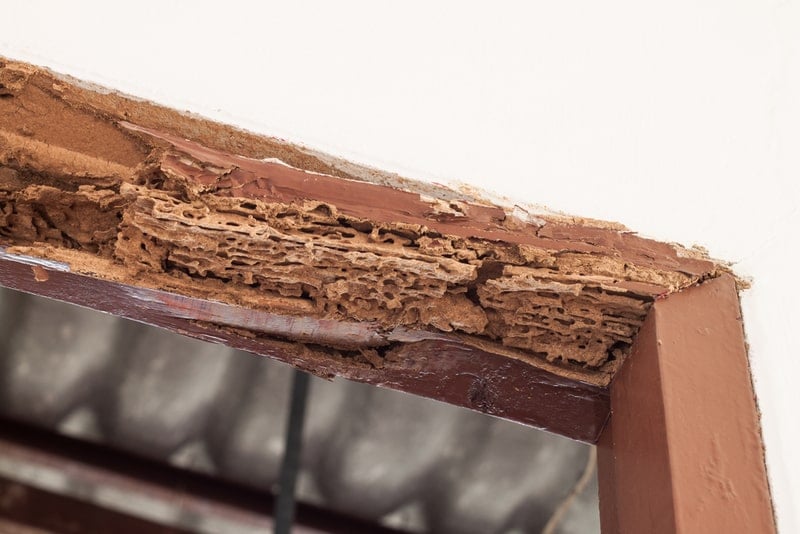Termites are among the most destructive pests that can invade a home. Often referred to as “silent destroyers,” they consume wood, paper, and other cellulose-based materials, causing extensive structural damage that often goes unnoticed until it becomes severe. Unlike other pests, termites reproduce rapidly, and a single colony can quickly infest a home, compromising the foundation, walls, and support structures. Because of the hidden and persistent nature of termite infestations, prevention and early detection are critical. Homeowners seeking professional solutions can rely on Kansas City pest control to safeguard their homes effectively.
Understanding Termite Behavior
Termites are social insects that live in colonies with a structured hierarchy, including workers, soldiers, and reproductive individuals. Each caste serves a specific role within the colony, ensuring its survival and expansion. Subterranean termites, the most common type in the United States, build nests underground and travel through mud tubes to access homes. Drywood termites, on the other hand, infest wooden structures directly, often without soil contact. Both species are capable of causing serious structural damage if left unchecked.
Termites are attracted to moisture and cellulose, which makes homes with wooden frameworks, paper products, and cardboard particularly vulnerable. These pests thrive in warm, humid conditions and can reproduce quickly, with a single queen laying hundreds of eggs. Their stealthy nature means that damage can accumulate over months or even years before being noticed, making vigilance essential.
Conduct Regular Inspections
One of the most effective ways to prevent termite damage is through regular inspections. Homeowners should check for the following signs:
- Hollow-sounding wood when tapped, indicating internal damage
- Mud tubes along foundations, walls, or crawl spaces
- Discarded wings near windows, doors, or light sources, a sign of reproductive termites
- Small piles of sawdust or wood particles from feeding activity
- Cracks or blistering in paint on wooden surfaces
Identifying these indicators early allows homeowners to take immediate action, preventing minor infestations from escalating into significant structural damage.
Maintain Proper Home Maintenance
Routine home maintenance can greatly reduce the risk of termite infestations. Homeowners should:
- Repair roof leaks, faucets, and plumbing to eliminate excess moisture
- Ensure proper ventilation in attics, basements, and crawl spaces
- Replace damaged or rotting wood promptly
- Clean gutters and downspouts to prevent water accumulation near the foundation
Moisture management is particularly important because termites are highly attracted to damp areas. Homes that are dry and well-maintained are less likely to experience infestations, and these practices also reduce the risk of other pest problems.
Reduce Contact with Soil
Many termites, especially subterranean species, enter homes through direct contact with soil. Reducing this contact is critical for prevention. Homeowners should:
- Maintain a gap between soil and wooden parts of the home
- Use treated wood, concrete, or metal barriers for decks and fences
- Avoid placing mulch or landscaping materials directly against the foundation
By minimizing contact with soil, homeowners limit the chances of termites accessing structural wood, creating a stronger line of defense.
Remove Potential Food Sources
Termites feed primarily on cellulose materials. Removing or relocating potential food sources near the home reduces the likelihood of infestations. Homeowners should:
- Store firewood away from the home and elevate it off the ground
- Keep mulch and leaves away from walls and foundations
- Avoid storing cardboard, paper, or wooden materials in damp areas
These steps reduce nesting opportunities and make the home less attractive to termites.
Monitor for Activity
Even with preventive measures in place, monitoring is crucial. Homeowners should regularly inspect basements, crawl spaces, attics, and wooden structures for any signs of activity. Prompt detection allows infestations to be managed before extensive damage occurs.
When to Seek Professional Assistance
Termite infestations are notoriously difficult to control without professional intervention. Pest control specialists can:
- Identify the termite species and assess the severity of the infestation
- Locate nests and areas of high activity
- Apply targeted and safe treatments to eliminate colonies
- Implement long-term prevention strategies
- Advise homeowners on ongoing monitoring and maintenance
Conclusion
Termites are destructive pests capable of silently damaging homes if left unchecked. Preventing infestations requires regular inspections, proper home maintenance, moisture control, limiting soil contact, removing potential food sources, monitoring for early activity, and professional assistance when needed. Implementing these strategies allows homeowners to maintain a safe, structurally sound, and termite-free home. Expert Kansas City pest control provides reliable termite prevention and treatment services, offering long-term protection and peace of mind. Homeowners can trust professional guidance to ensure their properties remain secure, healthy, and free from the costly damage termites can cause.





